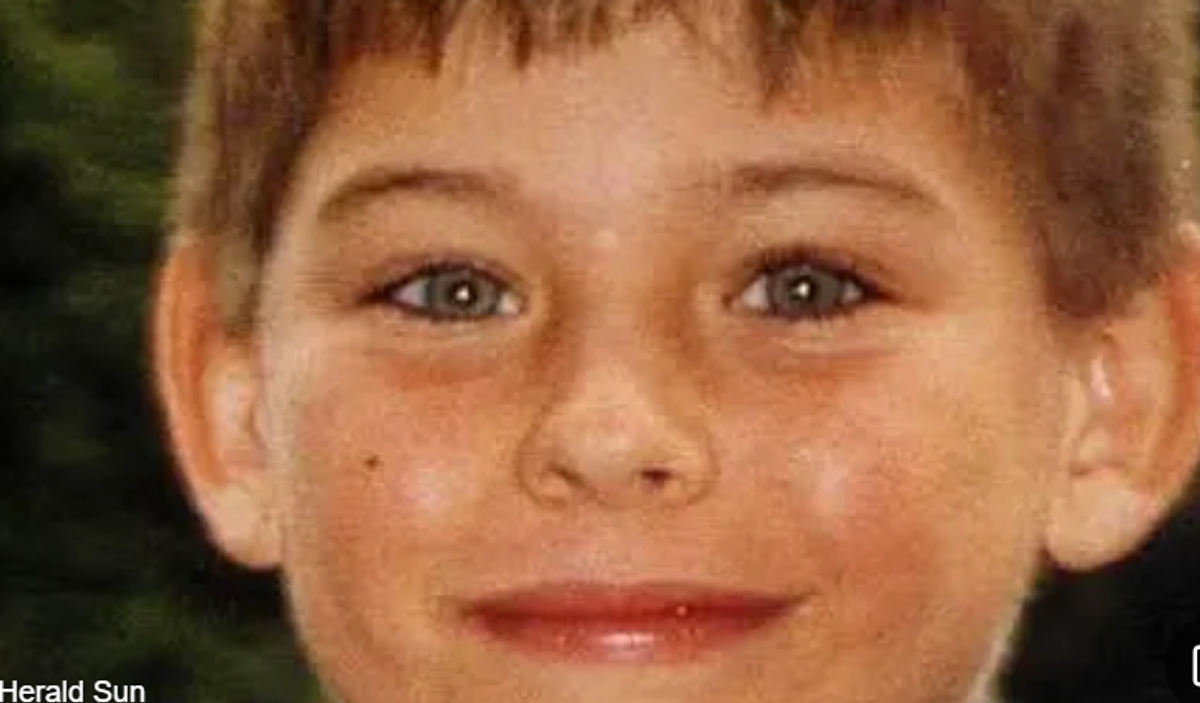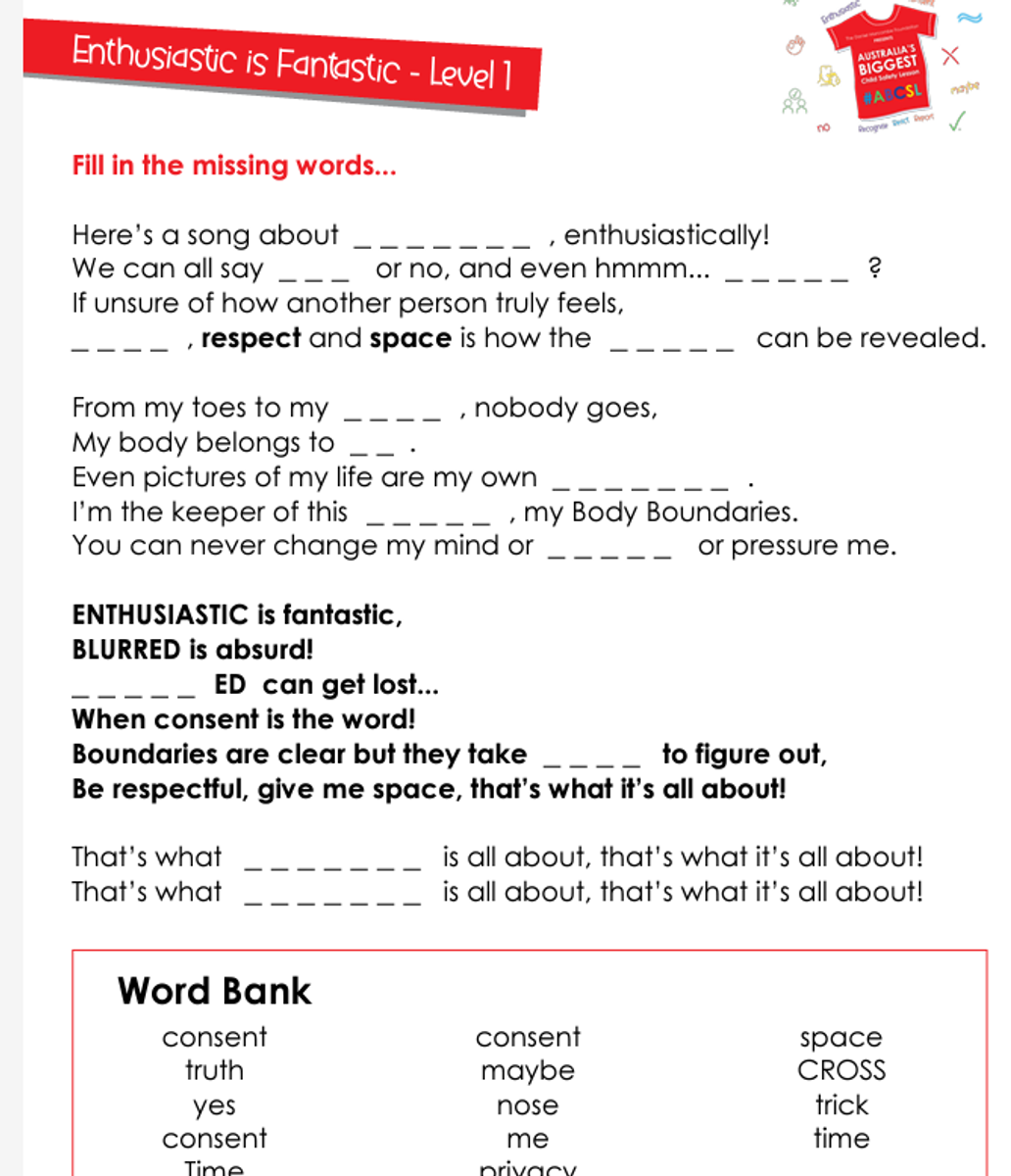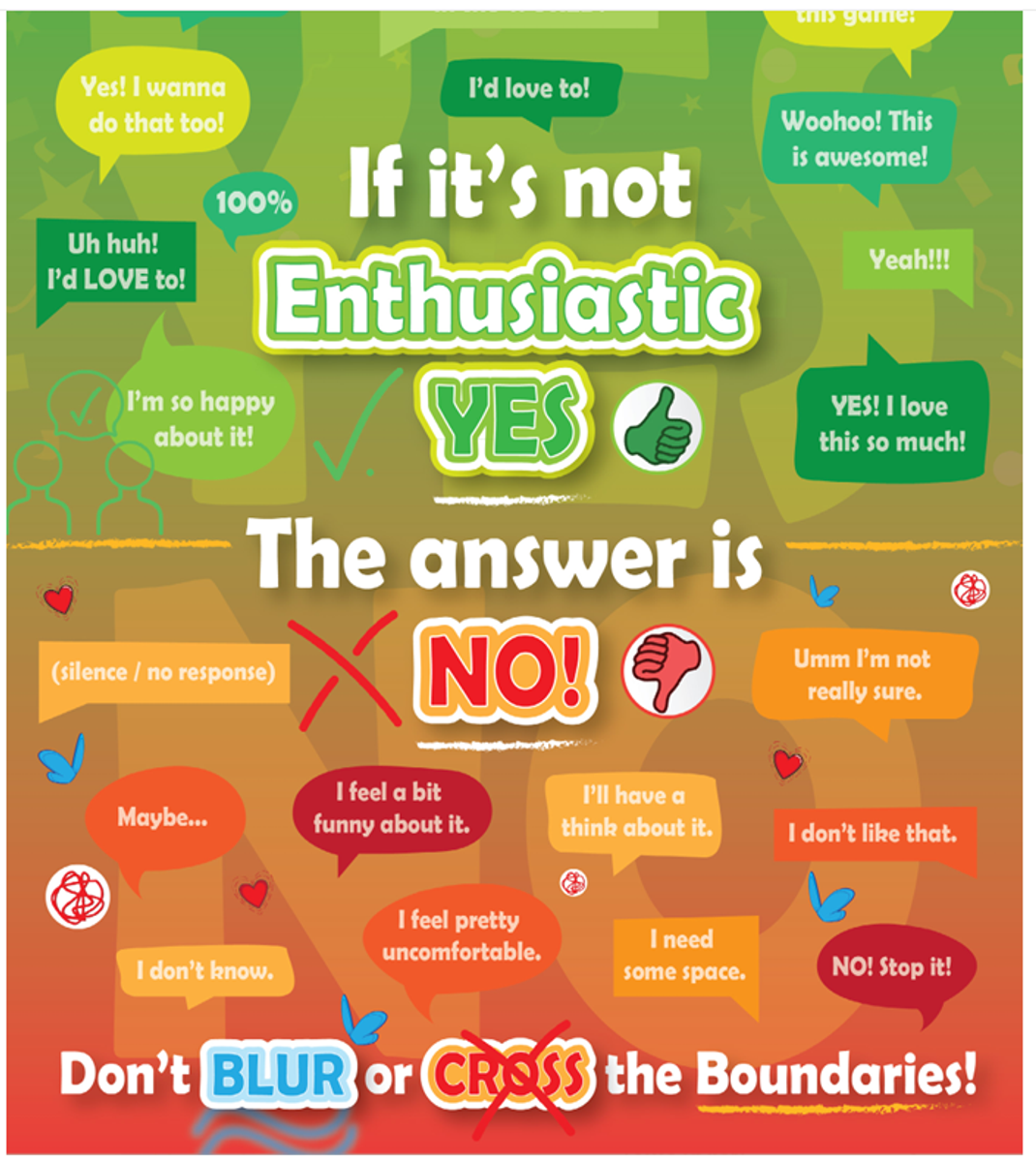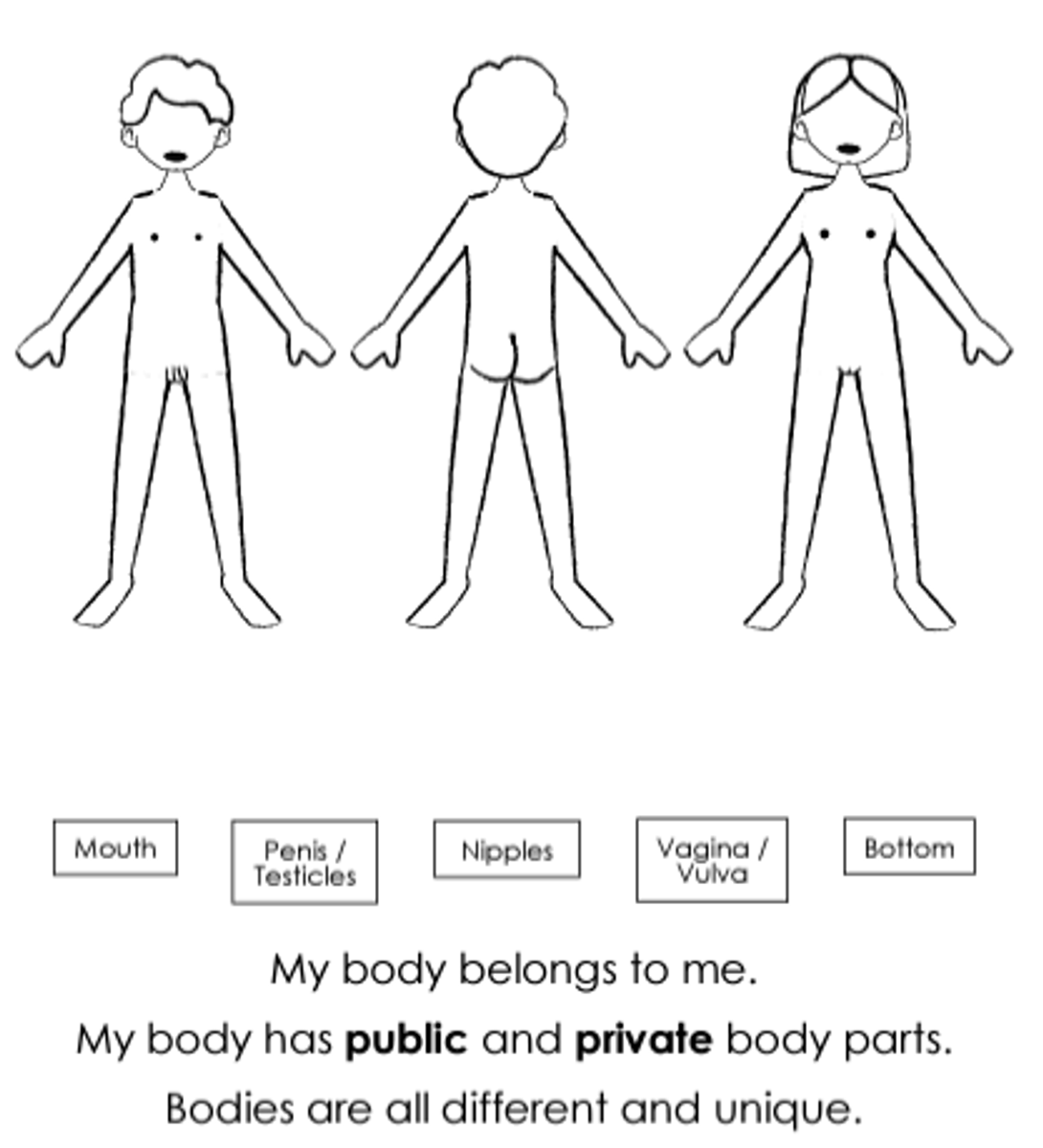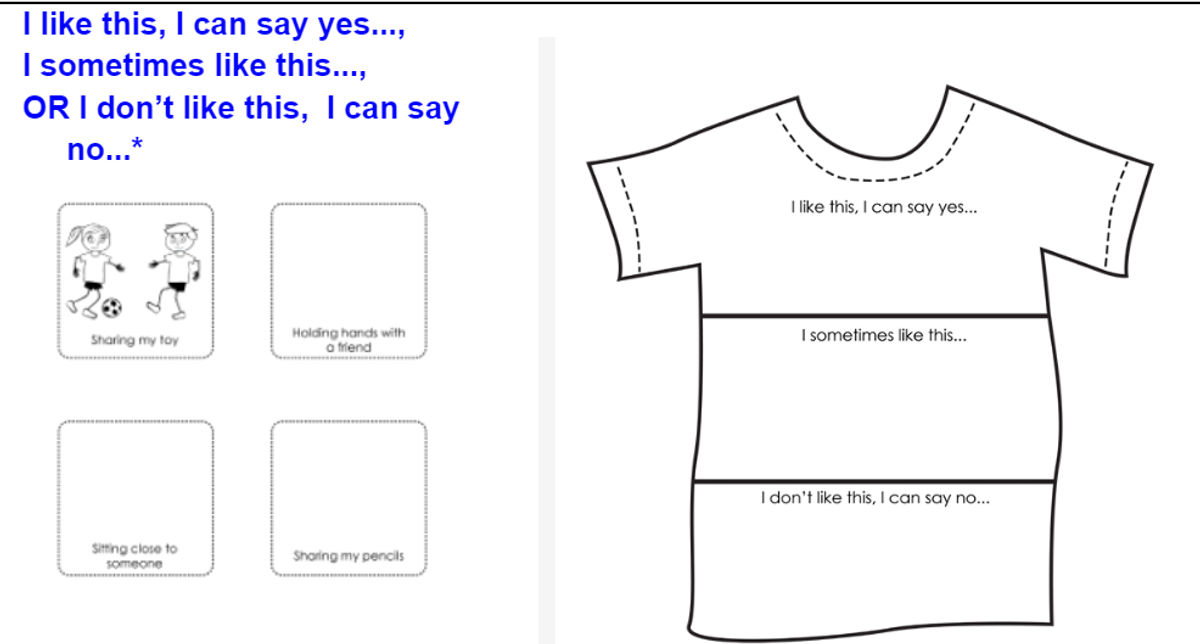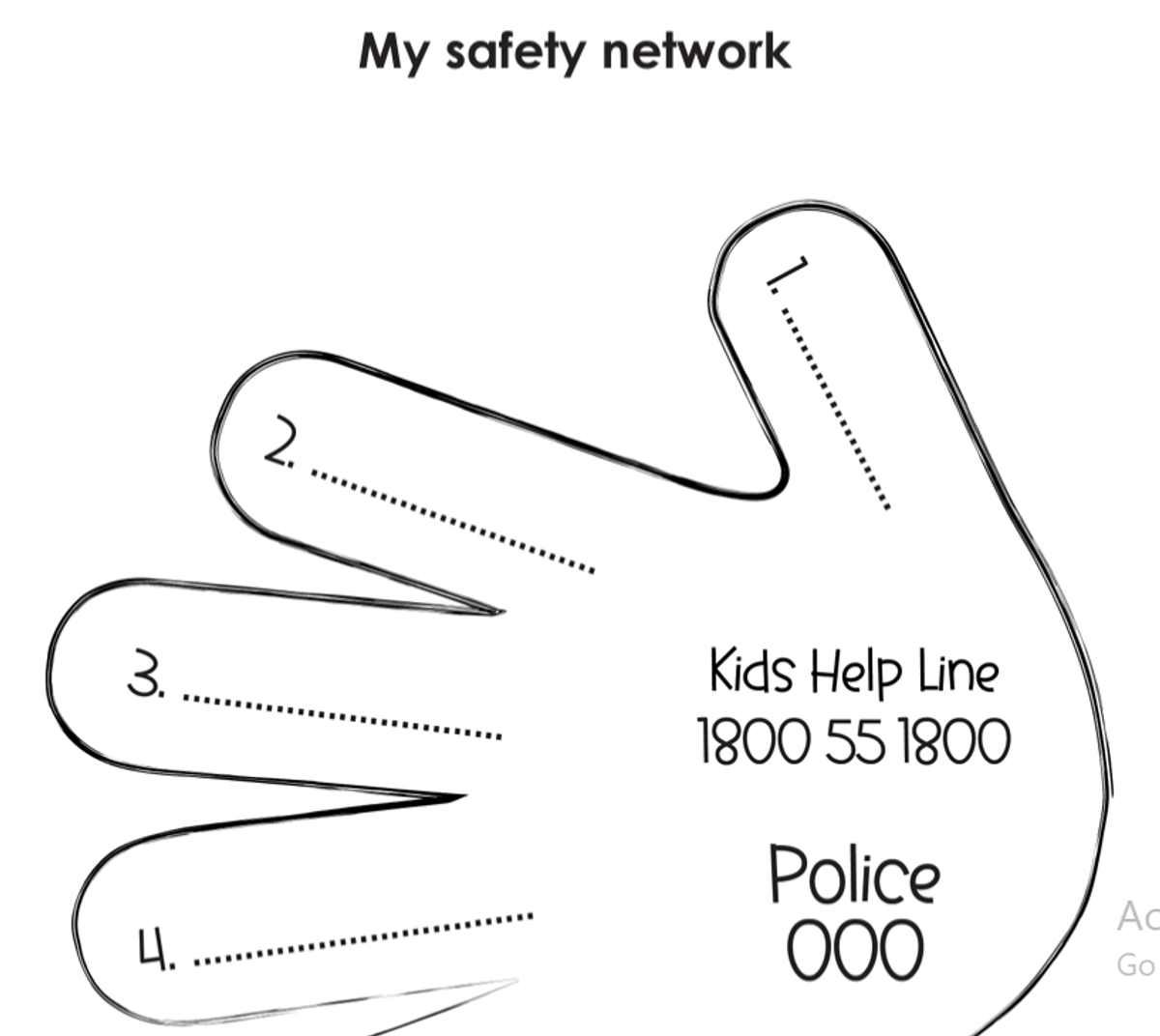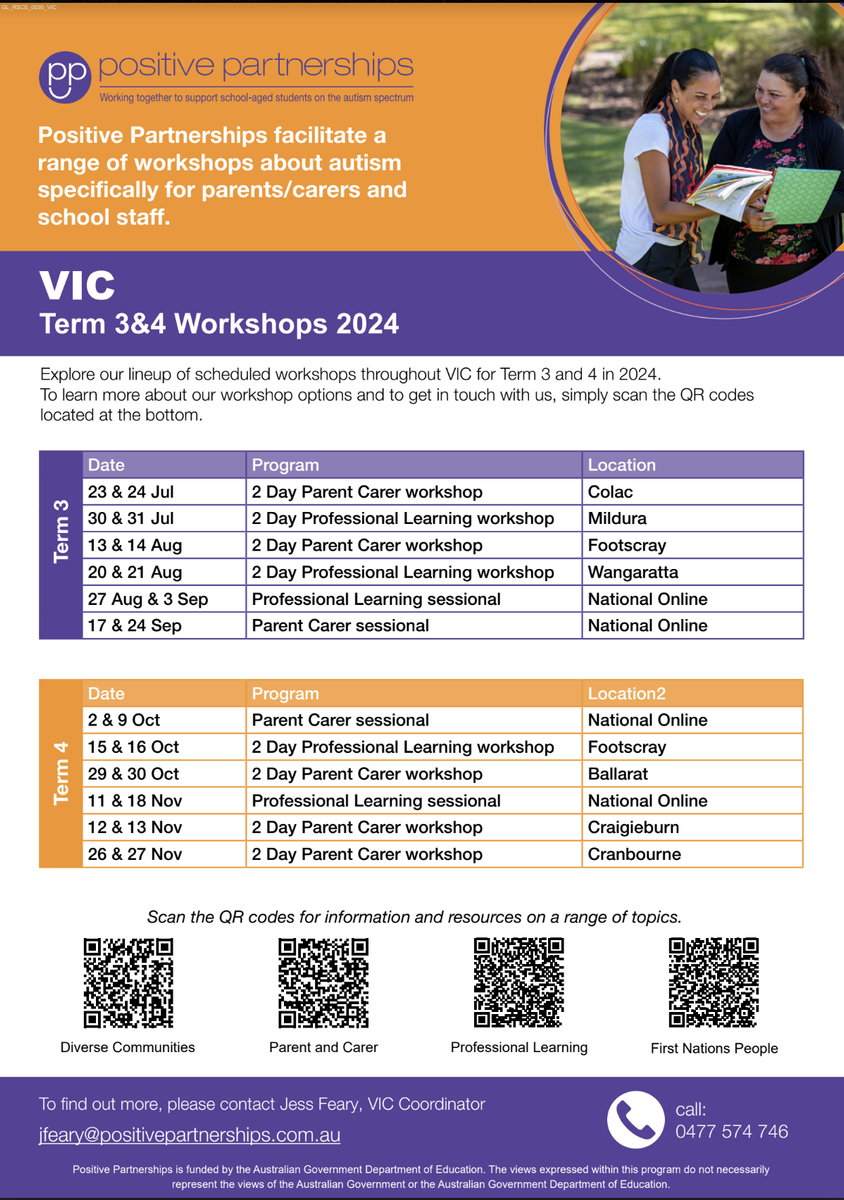Student Wellbeing

KEEP SAFE DAY (Day for Daniel)
Australia’s largest child safety education and awareness day
What is Day for Daniel?
Friday 25 October, 2024 (commemorated at St Joseph's during Weeks 2 and 3)
Traditionally held annually on the last Friday of October, Day for Daniel honours the memory of Daniel Morcombe. Day for Daniel honours the memory of young Daniel Morcombe, abducted and tragically murdered in 2003. Schools everywhere are asked to observe this very special day by educating all students on personal safety.
Parents, carers, and educators are encouraged to start a conversation with children and young people about personal safety. St Joseph's School have conducted child safety education activities. An Operoo was sent out early last week to inform parents of the upcoming content that was to presented to their child.
Across this week or last week, all students from St Joseph's have or will watch the 2024 Australia’s Biggest Child Safety Lesson (ABCSL). This lesson teaches early primary years – aged 4 to 7 – enthusiastic consent, and upper primary years – aged 8 to 12 – affirmative consent.
Australia’s Biggest Child Safety Lesson 2024 (ABCSL) encourages
Enthusiastic and Affirmative Consent
The video outlines:
1. What enthusiastic consent is all about.
2. Body boundaries and body autonomy.
3. How boundaries can be blurred or crossed.
4. Body clues and body cues.
5. Confident and respectful communication.
6. What grooming or suss behaviour is and how to
identify it with a critical lens.
7. Reporting to safety teams/safety helpers.
It aims to help students understand what true and enthusiastic consent is all about; how to tune into their body clues to understand whether they feel safe or unsafe; how to confidently communicate their body boundaries; how to observe the body cues of others and give each other time, respect and space to decide what they really want to do; and how to ask for help from their safety team if they ever feel unsafe or need support.
Why are we teaching children about enthusiastic consent?
True consent must be freely, wholeheartedly and enthusiastically given, without any boundaries being blurred or crossed. Modelling conversations about consent between peers using relatable scenarios can help children learn how to assert their right to stay comfortable and safe each day. Consent means having a choice about something (like touch, proximity or a shared activity) and respecting each other’s responses, even when the answer is ‘No’. When teaching children the importance of enthusiastic consent, we are helping them to make their own decisions, to understand and confidently assert their boundaries, to consider the boundaries of others, to ask respectfully for permission and to respond appropriately when someone says ‘No’ to them. Talking and learning about consent should be ongoing and can be woven into everyday conversations and decision-making. For example: ‘Would you like a hug?’, ‘We could also wave or high five.’ ‘Can I please sit beside you?’, ‘It’s ok if you need space’.
Why are we teaching children the correct names of private body parts?
It is important to teach children the correct names of their body parts from a young age. Children who know the proper names and functions of private body parts are less vulnerable to being targeted by abusers and more likely to tell an adult if they have been harmed.
Why are personal/body boundaries important?
Child sexual abuse often begins with a perpetrator ignoring a child’s personal boundaries and bodily autonomy. Talk to your child about their personal boundaries and teach them to tell a safety helper on their safety team if someone ever tries to cross a boundary. Remind your child that they are the boss of their own body and that they can
say ‘No!’ to anything that makes them feel uncomfortable.
How does open communication help keep kids safe?
Sometimes children may avoid sharing worries with their parents due to fear of being punished or blamed and abusers will take advantage of this fear. Keep communication with your child open and remind them that they can talk to you or another safety helper about anything. Everyone has the right to feel safe all of the time. Tell your child that if they don’t feel safe, they should talk to a safety helper who should respond non-judgmentally with kindness and compassion. If the first safety helper doesn’t help them, they should talk to another.
What are safety team and safety helpers?
The people on a child’s safety team are the five trusted adults that a child has identified who they feel safe to be around. We call each of these five grownups their safety helpers. Students worked on this 5 Finger Safety Network as part of our Keeping Safe Day activities.
Check out these great PARENT WORKSHOPS offered (See the Term 4 Program below)
Scan the QR Codes below to discover the topics on offer from the Term 4 Workshops.
Warm Regards,
Jenny Todd
(Student Wellbeing Leader)

